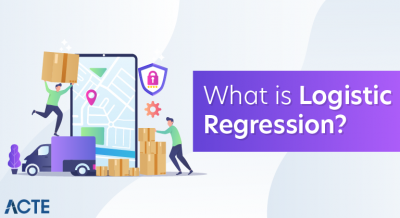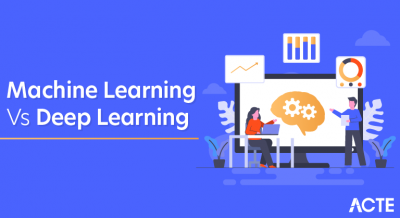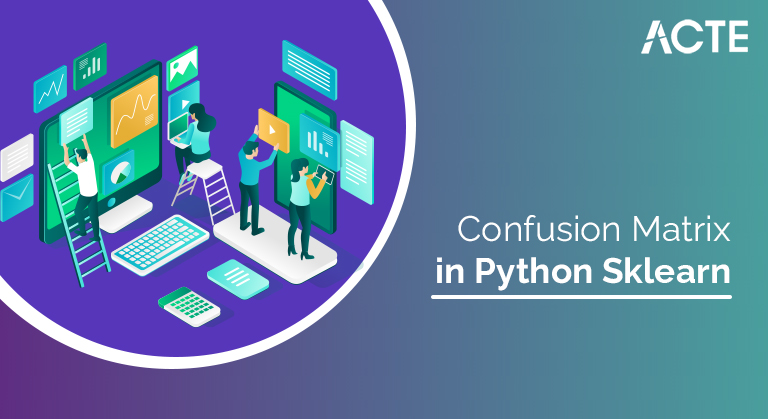
A confusion matrix is a table that is often used to describe the performance of a classification model (or “classifier”) on a set of test data for which the true values are known.
- Introduction to Confusion Matrix
- Confusion Matrix of True Positive
- Confusion Matrix of False Negative
- Confusion Matrix of False Positive
- Confusion Matrix of True Negative
- Implementing Confusion Matrix in Python Sklearn – Breast Cancer
- Example Confusion Matrix in Python with scikit-learn
- Conclusion
- Confusion matrix is one of the simplest and maximum intuitive metrics used for locating the accuracy of a class version, wherein the output may be of or greater categories. This is the maximum famous technique used to assess logistic regression.
- Confusion matrix allows us describe the overall performance of a class version. In order to construct a confusion matrix, all we want to do is to create a desk of real values and anticipated values.
- Confusion matrix is pretty simple, however the associated terminologies may be a piece confusing. Alright, allow us to apprehend the terminologies associated with confusion matrix with the assist of an example.
- Let us say, we’ve a records set with the records of all sufferers in a hospital. We constructed a logistic regression version to expect if a affected person has most cancers or not. There may be 4 viable outcomes. Let us have a take a observe all 4.
Introduction to Confusion Matrix
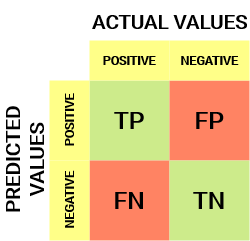
Confusion Matrix of True Positive
True effective is not anything however the case in which the real cost in addition to the expected cost are true. The affected person has been identified with cancer, and the version additionally expected that the affected person had cancer.
Confusion Matrix of False Negative
In fake negative, the real cost is true, however the anticipated cost is fake, this means that that the affected person has cancer, however the version anticipated that the affected person did now no longer have cancer.
Confusion Matrix of False Positive
This is the case wherein the anticipated price is true, however the real price is false. Here, the version anticipated that the affected person had cancer, however in reality, the affected person doesn’t have cancer. This is likewise referred to as Type 1 Error.
Confusion Matrix of True Negative
This is the case wherein the real cost is fake and the expected cost is likewise fake. In different words, the affected person isn’t recognized with most cancers and our version expected that the affected person did now no longer have most cancers.
- Four real-valued measures of every most cancers mobileular nucleus are considered here.
- Radius_mean represents suggest radius of mobileular nucleus.
- Texture_mean represents suggest texture of mobileular nucleus.
- Perimeter_mean represents suggest perimeter of mobileular nucleus.
- Area_mean represents suggest location of mobileular nucleus.
- Based on those measures the recognized end result is split in categories, malignant and benign.
- Diagnosis column includes categories, malignant (M) and benign (B).
- Step 1: Load the statistics set.
- Step 2: Take a look on the statistics set.
- Step 3: Take a study the form of the statistics set.
- Step 4: Split the statistics into features (X) and goal (y) label units.
- Step 5: Split the statistics into education and check units uploading scikit learn.
- Step 6: Create and teach the version.
- Step 7: Predict the check set results.
- Step 8: Evaluate the version the usage of a confusion matrix the usage of sklearn.
- Step 9: Evaluate the version the usage of different overall performance metrics.
Implementing Confusion Matrix in Python Sklearn – Breast Cancer
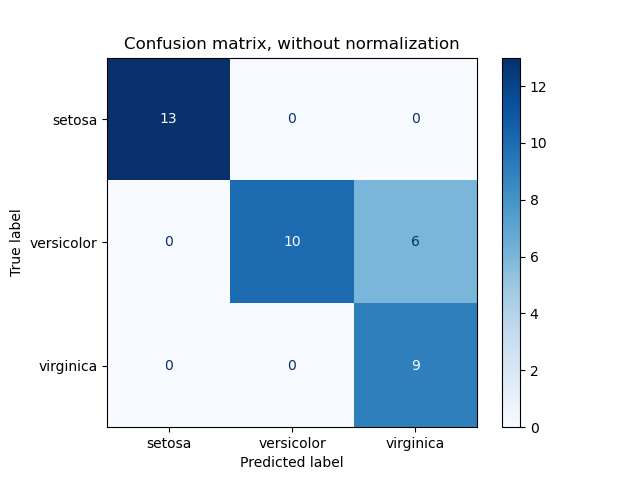
Some of the important thing factors approximately this statistics set are cited below:-
Take a study the dataset:
Take a study the goal set:
- The scikit-research library for system mastering in Python can calculate a confusion matrix.
- Given an array or listing of anticipated values and a listing of predictions out of your system mastering model, the confusion_matrix() feature will calculate a confusion matrix and go back the end result as an array. You can then print this array and interpret the outcomes.
- Running this case prints the confusion matrix array summarizing the outcomes for the contrived 2 magnificence problem.
Example of Confusion Matrix in Python with scikit-learn
- The obstacles of category accuracy and while it is able to conceal vital details.
- The confusion matrix and a way to calculate it from scratch and interpret the results.
- How to calculate a confusion matrix with the Weka, Python scikit-study and R caret libraries.
Conclusion
In this post, you located the confusion matrix for gadget learning.Specifically, you found out about:-



